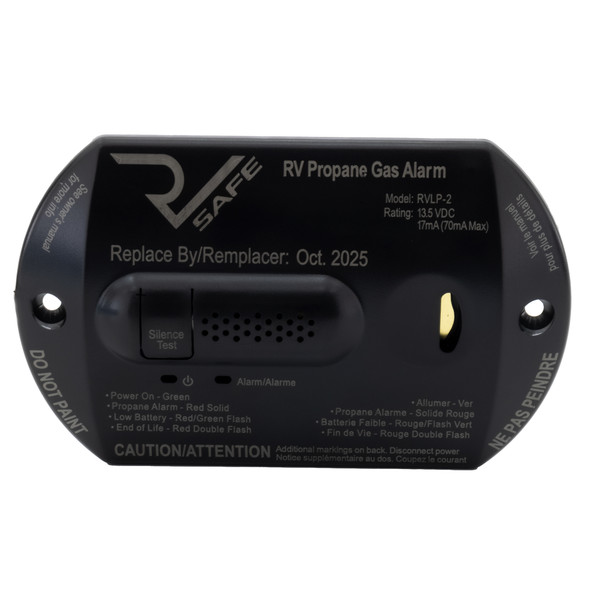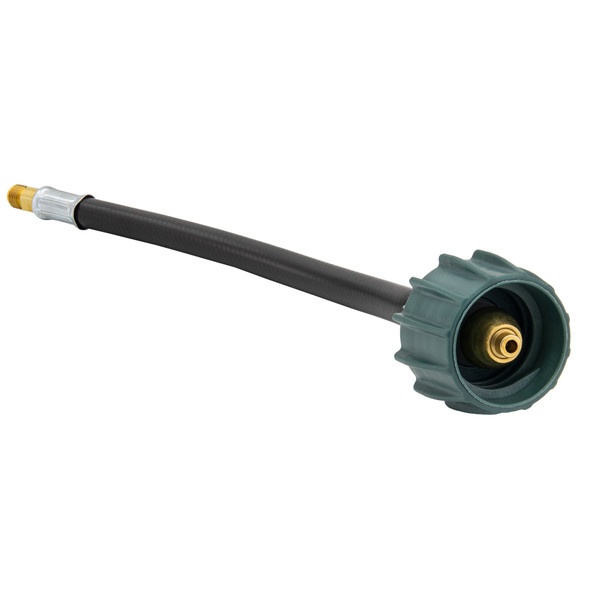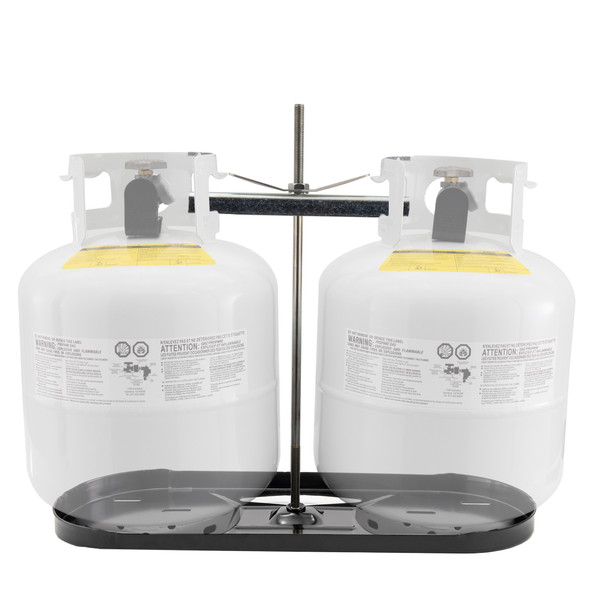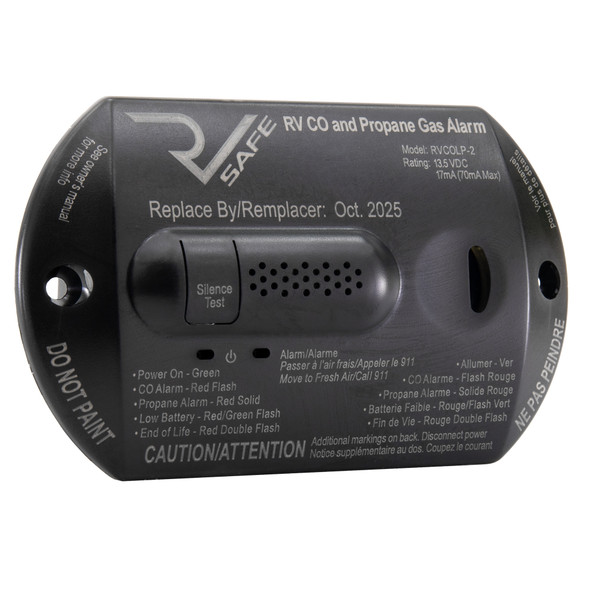While we might not see it all when we’re relaxing in our home away from home, the LP gas system has several parts that all work together to form a cohesive whole. Because of how it all fits together like a puzzle, it can sometimes be confusing to know which piece goes where. And while it’s always best to consult an RV technician or manufacturer, with our wide selection of RV LP accessories, you have the tools to make that system work good as new.
How it all Fits Together
The propane system on your RV can be a complicated thing, but it doesn’t have to be. By researching your propane system and learning how it works, you can save yourself some trouble later on. And like any system, it all starts at the beginning. In this case, that’s the cylinder.
Portable DOT cylinders sit in the mounting tray on your RV. They then connect to the system through high-pressure hoses that are often called LP pigtails. (They are called this because the older hoses were made of coiled copper and resembled a pigtail.) These hoses then connect to the OPD valve with an ACME nut. These ACME nuts use right-handed threads to screw on the OPD valve and are meant to be tightened by hand only. The OPD valves have a built-in safety feature that keeps the flow of propane from flowing until the ACME nut is securely screwed on. This safety feature prevents the vapor from escaping if the valve is opened before the propane cylinder is connected.
The ACME nut itself has two safety features. An excess-flow valve limits the amount of propane that can flow through it to about 10 percent of the maximum in the event of a leak in the system. When the OPD valve is opened, the clicking noise can be heard from the ACME nut. This is to show that excess flow valve has temporarily closed, allowing only a small amount of gas to enter the system. Once the pressure builds up, which confirms that there are no leaks present, a second clicking sound indicates that the excess-flow valve has opened, allowing the propane to flow in full.
A thermal shutoff is also included within the ACME nut, which will stop the flow of propane in the event of a fire. After the gas passes through the hose, it enters the pressure regulator. All RVs are required to have a 2-stage regulator. The first stage decreases the gas from about 10 to 15 PSI and the second stage reduces the operating pressure to 11 inches of water column. The PSI change to inches of water column helps because the latter is a smaller unit of measure, like switching from gallons to ounces.
The pressure regulator uses flexible diaphragms connected to a valve in order to control the pressure. They require vented air space in order to function properly and these vents must be pointed downwards so that condensation can drain and no debris gets in there to restrict the airflow. A cover is best used so that the propane regulators are protected if they are outside of the unit. The regulator should be checked periodically by a qualified technician.
Some LP systems have a quick-connect hose, which is specifically great for attaching additional items quickly to your LP system. While this doesn’t come with every LP system, they are especially useful for smaller portable appliances such as grills.
Safety
One of the vital parts of RV ownership is keeping all of the systems, including the LP gas system, working and working well. While this includes things like keeping all of the pieces and parts in shape, it also includes taking precautions and practicing safety. In the LP gas system, the biggest risk is of leaking gas, which can cause health concerns and become a fire risk.
Inside of the rig, you can practice safety by: installing an LP detector (at floor level), which will alert you if there is a gas leak inside of your RV; installing a smoke detector, which will alert you if a fire breaks out; and keeping a fire extinguisher in an easily accessible location just in case. Also, keep in mind where the emergency exits are. This is an important part of RV safety even when the emergency situation does not include fire.
Outside of the main living area, the LP tank itself has safety features such as the overfill-protection valve, thermal shut-offs, excess-flow valves, and step-down regulators. Outside of these installations and features, it is important to read and follow all warning labels that came with both the RV and the RV propane tank. When pulling a towable vehicle with a propane system, all pilot lights and appliances with an electric ignition should be shut off. This is because a spark from an electronic ignitor could cause the fuel vapors to ignite.
Whenever you’re preparing for a vacation, make sure to test the detectors and replace them if they are expired. Never remove the fuse for a propane detector due to false alarms, as this can lead to a very bad situation if it finally has a real alarm situation.



 $51.95
$51.95
 $10.95
$10.95
 $23.95
$23.95
 $47.95
$47.95
 $25.95
$25.95
 $51.95
$51.95
 $67.95
$67.95